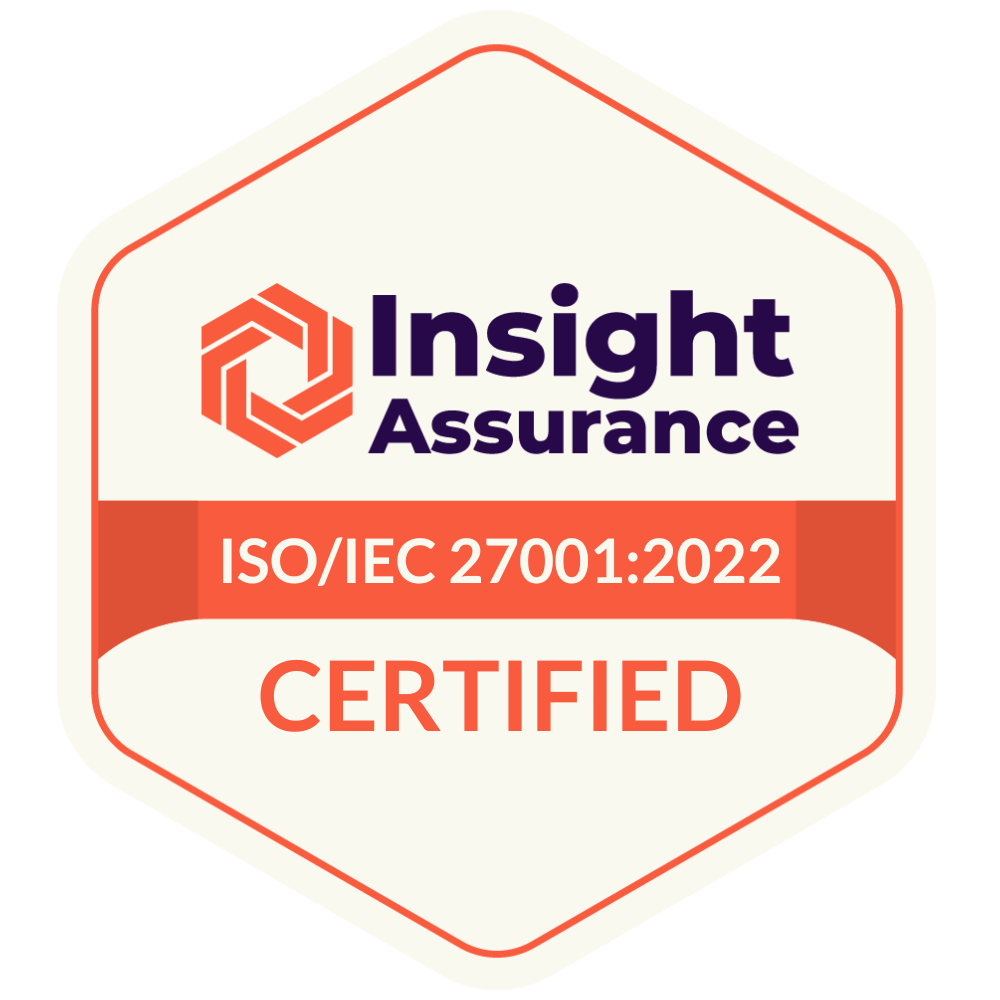It’s likely that your company has a wealth of talent data, both on employees and applicants.
In 2014, Wired wrote “The Three Breakthroughs That Have Finally Unleashed AI on the World.” They were: cheap parallel computation, big data, and better algorithms. Computation and algorithms are things most talent acquisition teams don’t have to worry about. Candidate data, on the other hand, is something recruiting teams work with intimately on a daily basis.
Data, lots of it, is a firm prerequisite for recruiting AI—AI can’t happen without it—and lots of candidate data is precisely what your company has. But is your people data ready to support AI? Can it be described as big data? What exactly makes big data big? With the rise of recruiting AI, you may have also noticed a new crop of talent data solutions on the market. Does your organization really need a talent data platform? What distinguishes a data platform from a database?
BIG DATA
IBM describes big data with 4 V’s: volume, variety, velocity, and veracity. Big data deals with higher volumes of data, and is updated far more often (velocity), in some cases in real-time. It combines different types of data from many sources (variety), and is more reliably accurate (veracity), thanks to data science methods.
DATA PLATFORMS
Data platforms include databases, but they also encompass the technologies that enable the capabilities organizations need to extract intelligence from multiple databases of massive size: data collection, storage, processing, analysis, integration, and management. You could think of them as living databases that can breathe and grow.
Working with big data entails manipulating diverse datasets of varying trustworthiness to make them meaningful and relevant on a very large scale. That’s where the cheap computation and better algorithms mentioned before come in. Most databases by themselves are messy, outdated, and disconnected from each other. The algorithmic computing power of data platforms are needed to bring databases together and transform their data into something usable. Then, to be able to support making decisions informed by that data, data platforms handle the interaction between data and the data science engines that provide users with prediction and intelligence. Again, these are capabilities that databases are unable to support on their own.
Check out the “How Does Big Data Work?” section of the Amazon Web Services’, one of Censia’s big data vendors, explainer on big data, to understand these concepts further.
BIG DATA PLATFORMS FOR TALENT ACQUISITION
After reading this post, it is our hope that you feel empowered to expect more out of your talent data, and that you’ve begun to build an appreciation for the difference between having years of data stored in your ATS, CRM or HRIS versus the technology that will allow you to derive true value from that data. Talent data solutions like Censia’s data platform are letting talent professionals address the four V’s of candidate data so that they can make radically smarter hiring decisions, backed by rich, robust, reliable and up-to-date information.



